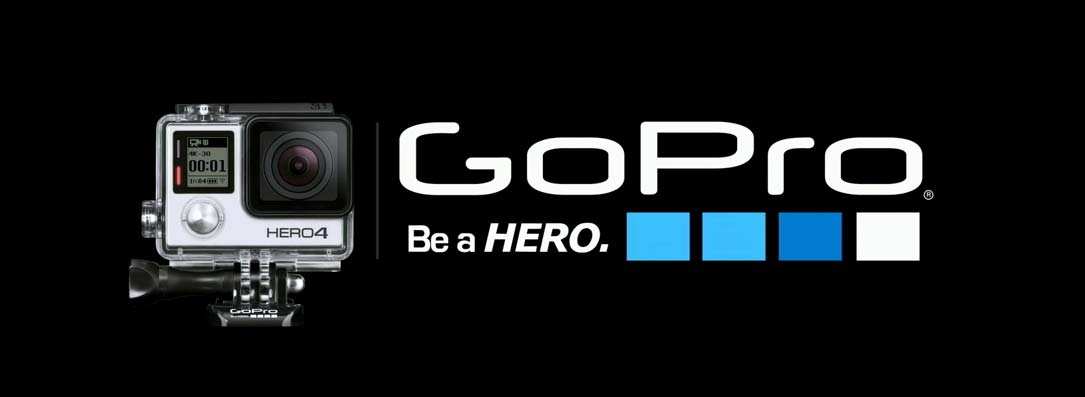Getting started:
If this is your first entry into the GoPro/action cam world, welcome! Whether you got the new Hero5 or another model, they’re all great, and unless you’re working on a truly professional project, any of the recent models are perfectly adequate for anything that you’re going to want to do with it, but where do you start? You may find the amount of parts and settings a bit overwhelming, so most importantly…
got the new Hero5 or another model, they’re all great, and unless you’re working on a truly professional project, any of the recent models are perfectly adequate for anything that you’re going to want to do with it, but where do you start? You may find the amount of parts and settings a bit overwhelming, so most importantly…
First: Reading the detailed instruction manual for your model.
Second: Download the “Capture” app to access and remotely control your GoPro. Also, download the”Quik” app for for your desktop or mobile device to view, edit, and produce your footage. The Quik app also works with your photos library on your phone as well, so you can use shots from your phone as well when producing videos.
Settings:
Are you accustomed to seeing great looking footage on YouTube, but don’t know why your videos don’t look as crisp and polished?
Knowing the right setting to use is key, and there is a learning curve here, frankly because there are so many. Also, you will need to use different settings depending on the situation for optimal footage.
There are many different modes, and settings for each one of these modes. Chosing the right setting for the scene you are shooting is very important. YouTube is a good resource to get some insight from other users, but at the end of the day, you’re probably going to have to fiddle around and find what works best for you.
Resolution: I recomend always shooting a step-up from your desired final output resolution. I.e., if you want your final video to be 1080p, shoot in 2.4k. This gives you some wiggle-room in post production to zoom, crop, etc.
Protune: I always shoot using Protune. The bitrate is a higher, and gives you some more flexibility in post. Even if you aren’t going to bring it into a pro video editing app, you can still shoot using “GoPro Color” (instead of “Flat”), which won’t require any special editing, but gives you a slightly higher-quality file, and some extra settings you can play around with to get that perfect shot depending on situation.
Unboxing and Learning How To Use:
Anyone who’s read my previous blogs knows that I’m a huge fan of Lynda.com. They have some great tutorials for GoPro filming, from unboxing the camera to chosing the best settings for your shots.
If you do not have access and don’t want to sign up for a free trial, here’s a YouTube video for getting started with the new Hero 5 Black:
Best Model?
If you want to shoot 4k, then the Hero4 or Hero5 will be the models of choice. That said, 1080p is still the “web standard”, and is perfectly adequate. For that immersive GoPro look, you’re going to want to use the “Superview” setting, which is available in 1080p in the Hero 3 models, and up to 4k (at 24 fps) in the 4 and 5.
If you want a small form factor, the Hero Session is excellent. There are now two models of this. The older one based on the Hero 4 line is pretty much restricted to 1080. If you want 4K capabilities, you’ll want the Hero 5 Session.
Pro Tip: If you are going to do a lot of shooting, make sure to stock up on extra batteries. The Hero models do drain down quickly if you do continuous shooting or have an LCD screen. Keep in mind, Hero 4 and earlier batteries are not compatable with the new Hero 5, which is a bit of a bummer… so if you do have a lot of extra batteries from previous models you will need to buy new ones if you just got the Hero 5.
GoPro Plus: Is it worth it? If you are a power user, want your footage uploaded to the cloud so you can access it on the go or for backup, then yes it may be worth it. If not, you probably do not need to buy into this. I’m hoping that they improve the service a bit in the coming months (this was just recently rolled out).

Leave a Reply